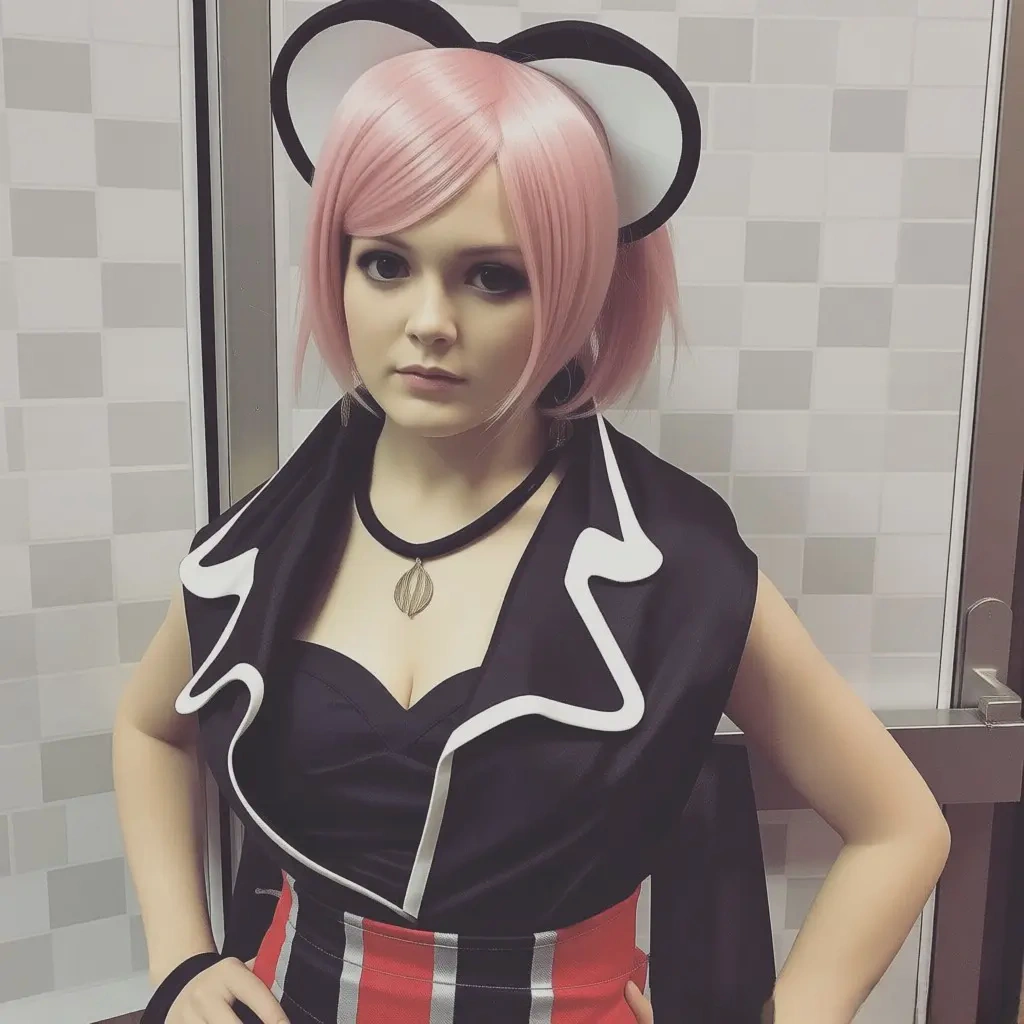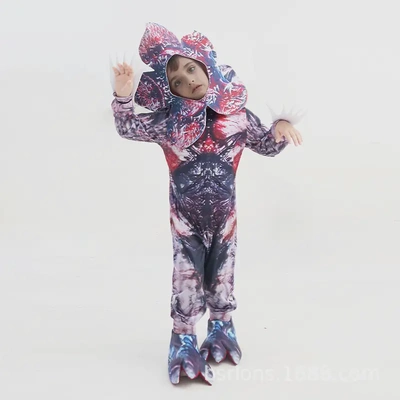Will Using Substitute Materials Affect the Authenticity of My Cosplay?
Introduction
When creating a cosplay, especially within the context of the Japanese cosplay community where authenticity to the source material is highly prized, the use of substitute materials is a common concern. This exploration will delve into how substitute materials can impact cosplay authenticity and ways to mitigate any potential negative effects.

1. The Impact of Substitute Materials on Authenticity
1.1 Visual Appearance
- Color and Texture: Substitute materials may not perfectly replicate the color and texture of the original materials. For example, if the character's costume in the anime is made of a luxurious silk with a particular sheen, substituting it with a cheaper polyester fabric might result in a different color tone and a lack of that characteristic silk - like luster. This can visibly alter the overall look of the cosplay, potentially making it less authentic. Similarly, if a prop is supposed to be made of a rough - textured stone but is substituted with a smooth plastic material, the texture difference can be noticeable and detract from the authenticity.
- Pattern and Design: Replicating complex patterns and designs on substitute materials can be challenging. If a character's clothing has an intricate embroidered pattern, finding a substitute fabric with an identical pattern might be difficult. While some techniques like iron - on transfers or hand - painting can be used to recreate the pattern, they may not achieve the same level of detail and precision as the original material, thus affecting the authenticity.
1.2 Functionality and Proportion
- Function - specific Materials: Some characters' costumes or props have specific functions that rely on the properties of the original materials. For instance, a character's cape that is supposed to flow gracefully might not do so if the substitute material is too stiff or heavy. This can disrupt the way the cosplay moves and functions, making it less true to the character's representation in the anime. In the case of props, like a sword that should be lightweight for easy handling but is made of a substitute material that is overly heavy, it can impact the cosplayer's ability to pose and interact as the character would.
- Proportion and Fit: Substitute materials might have different stretch, drape, or thickness characteristics. This can affect how the costume fits the cosplayer's body. A fabric with less stretch than the original might create a tighter fit, distorting the intended silhouette of the costume. Conversely, a fabric that is too thin or too thick can change the overall proportion of the outfit, making it look different from the character's design in the anime.
2. Mitigating the Impact on Authenticity
2.1 Material Selection
- Closest Match Possible: When choosing substitute materials, aim for the closest match in terms of appearance, texture, and function. Research different fabrics, plastics, and other materials to find ones that are as similar as possible to the original. For example, if you can't find the exact leather for a character's jacket, look for a synthetic leather that has a similar grain, color, and flexibility. In the case of props, consider materials like resin or high - density foam that can be shaped and finished to closely resemble the original material.
- Quality Over Quantity: Opt for higher - quality substitute materials. While they may be more expensive, they are likely to have better durability, appearance, and functionality. A well - made substitute fabric or prop can often pass as a more authentic representation of the original material compared to a cheap, low - quality alternative.
2.2 Modification and Treatment
- Fabric Treatments: Use fabric treatments to enhance the authenticity of substitute materials. As mentioned earlier, techniques like fabric painting, adding texture sprays, or applying special finishes can make a substitute fabric look more like the original. For example, a plain cotton fabric can be transformed to look like leather with the right combination of paint and texture - enhancing products.
- Prop Modifications: Modify substitute props to make them more authentic. Sanding, shaping, and adding details with clay, resin, or other craft materials can help a prop made from a substitute material resemble the original more closely. For instance, if you have a plastic sword as a substitute, you can add a metal - like finish, engrave details, and attach a proper hilt to make it look more like the real - deal.
3. Community Perception of Substitute Materials
3.1 Understanding and Acceptance
- In the cosplay community, there is generally an understanding that exact materials may not always be available. Cosplayers who make an effort to find suitable substitutes and modify them to enhance authenticity are often respected. As long as the overall look and spirit of the character are maintained, the use of substitute materials is often accepted. For example, if a cosplayer creates a convincing cosplay using substitute materials and can explain their choices and the efforts they made to approximate the original, they are likely to receive positive feedback.
3.2 Judging in Competitions
- In cosplay competitions, the use of substitute materials can be evaluated based on how well they are incorporated into the cosplay. Judges typically look at the overall authenticity, creativity, and craftsmanship. If a cosplayer has used substitute materials but has managed to create a high - quality, authentic - looking cosplay, they can still score well. However, if the substitute materials are poorly chosen and significantly detract from the authenticity of the cosplay, it may result in a lower score.
FAQ
Q: How do I explain the use of substitute materials to the cosplay community?A: You can share your process on social media, in cosplay forums, or during cosplay events. Explain why you chose the substitute materials, the research you did to find the closest match, and the steps you took to modify them. This transparency shows your dedication to authenticity and can help the community appreciate your efforts.Q: Can using substitute materials ever enhance the authenticity of a cosplay?A: Yes, in some cases. If you find a substitute material that has a unique property or appearance that better captures a certain aspect of the character than the original - like a fabric with a more vibrant color or a prop material that is more lightweight but still looks sturdy - it can enhance the authenticity. Also, the creativity involved in finding and adapting substitute materials can add an extra layer of authenticity by showing your understanding of the character and your resourcefulness.
Conclusion
Using substitute materials can potentially affect the authenticity of a cosplay, but with careful material selection, modification, and an understanding of the cosplay community's expectations, cosplayers can create highly authentic cosplays even when the exact materials are not available. By making an effort to approximate the original as closely as possible and by being transparent about their choices, cosplayers can maintain the integrity of the character representation while still expressing their creativity.





